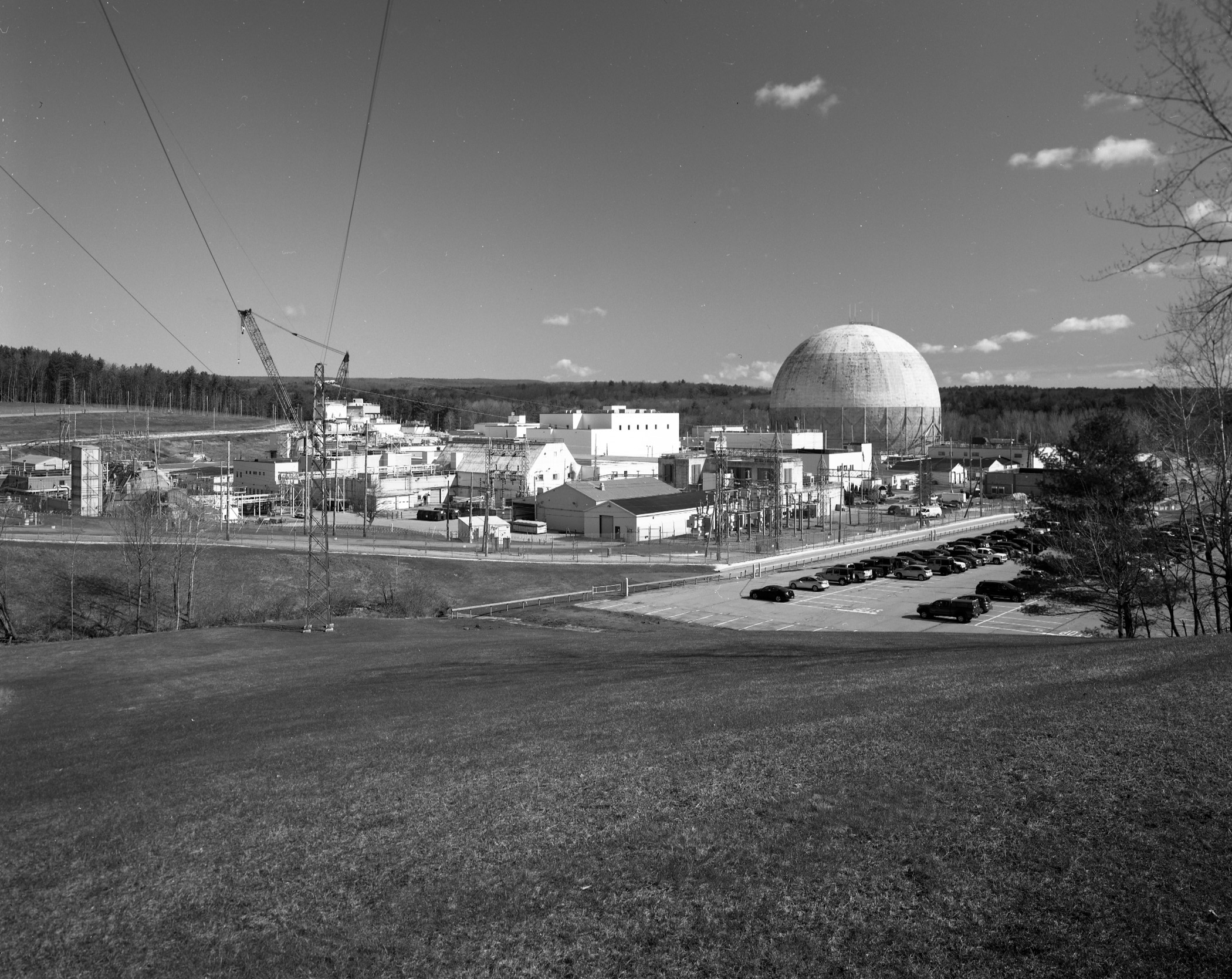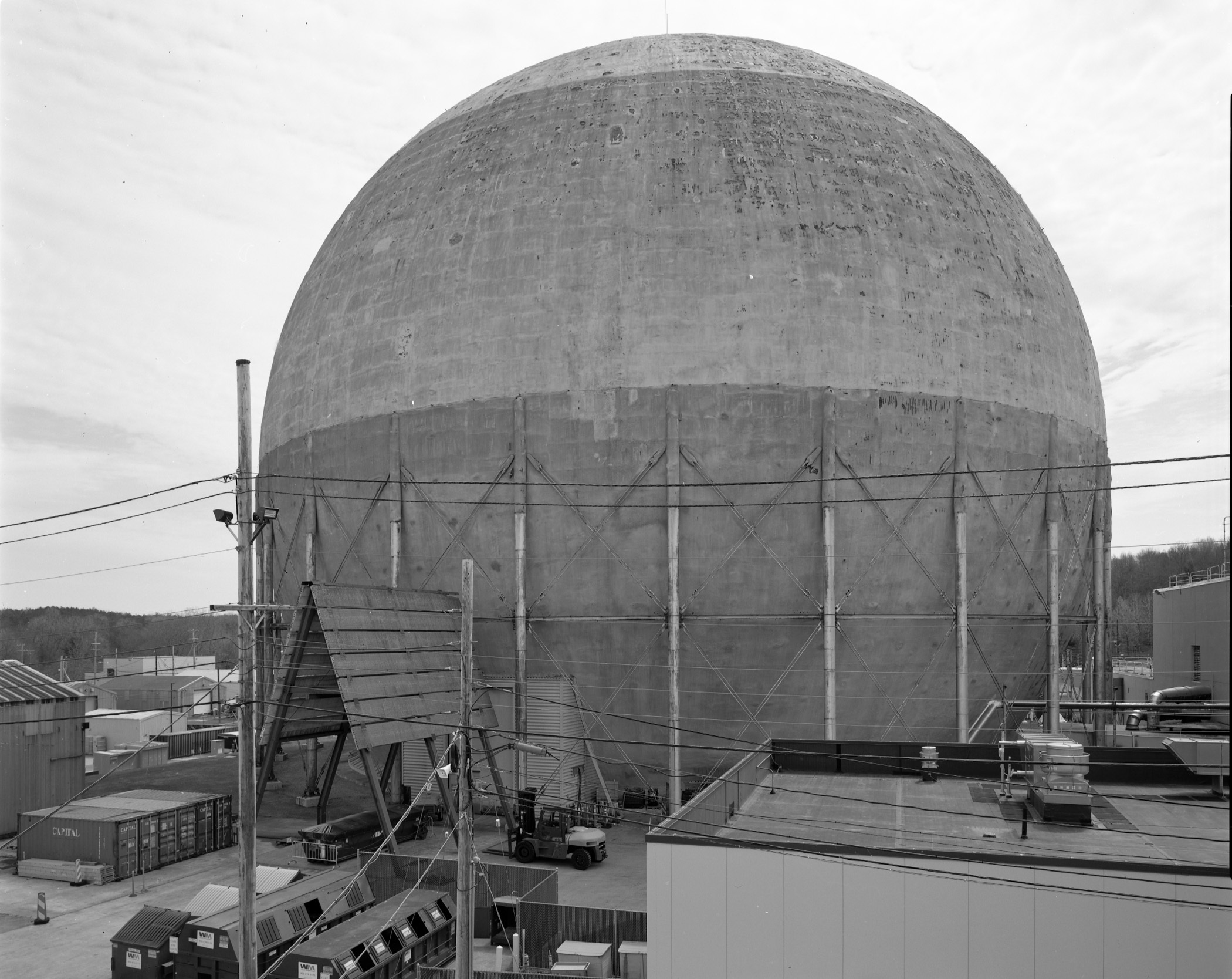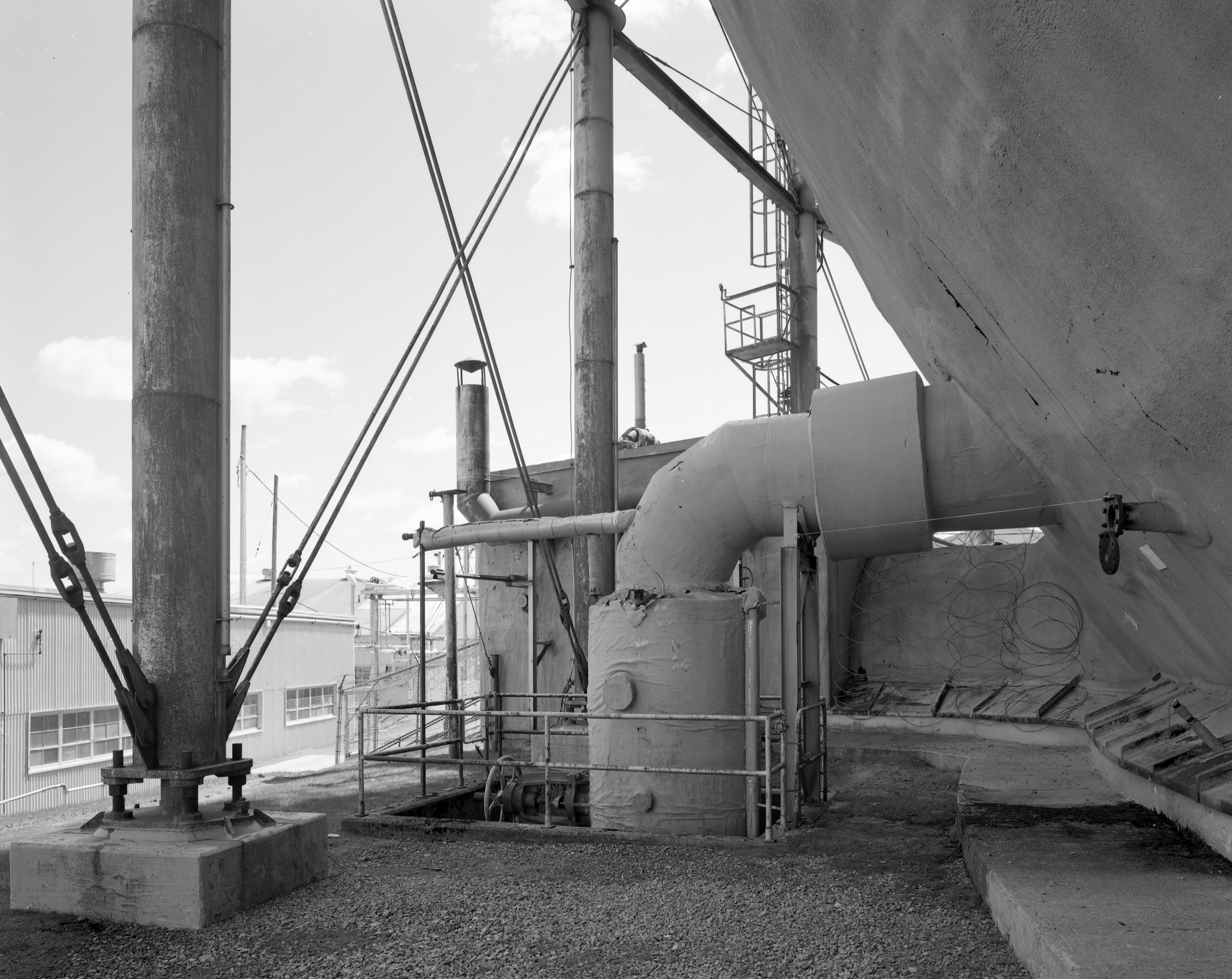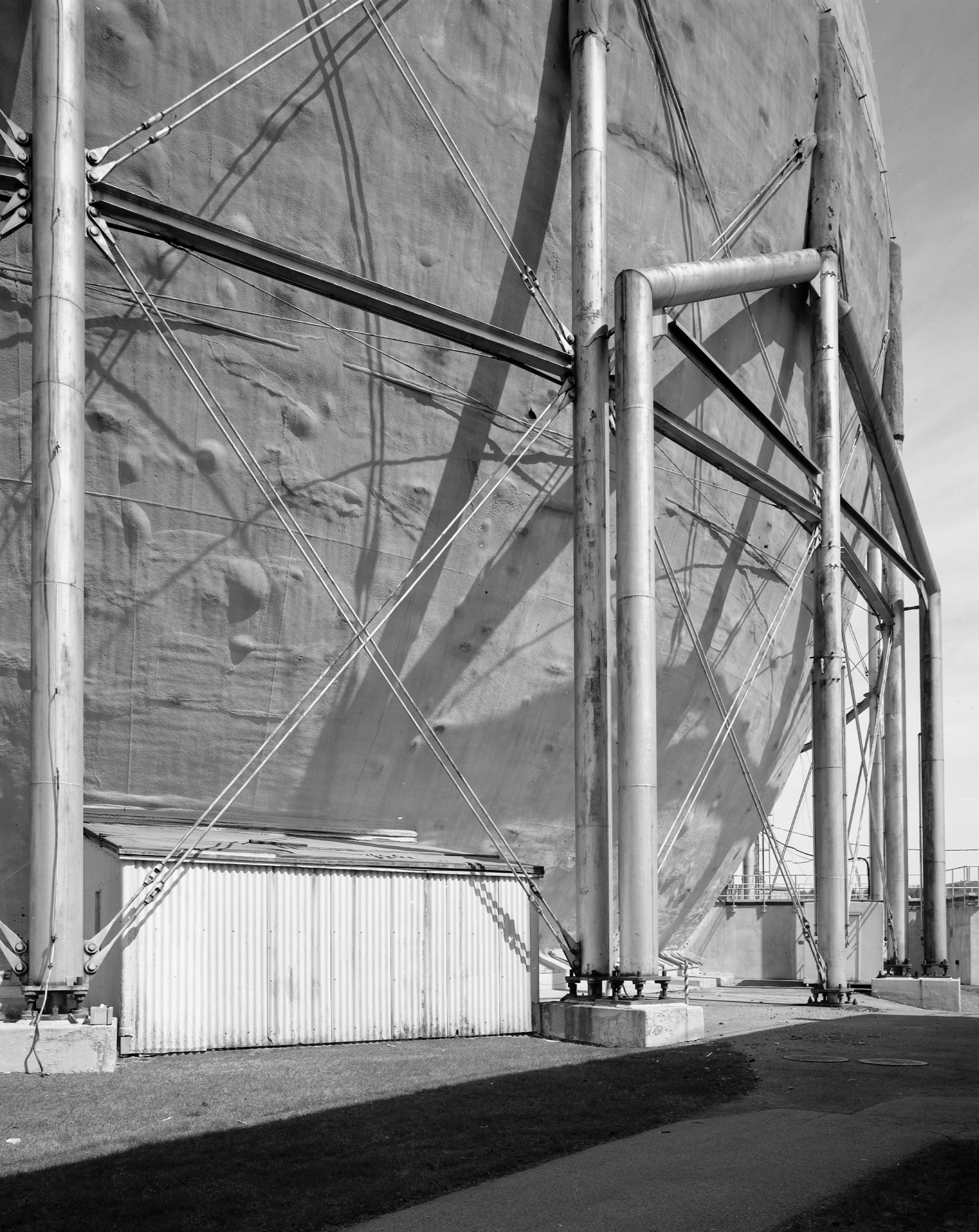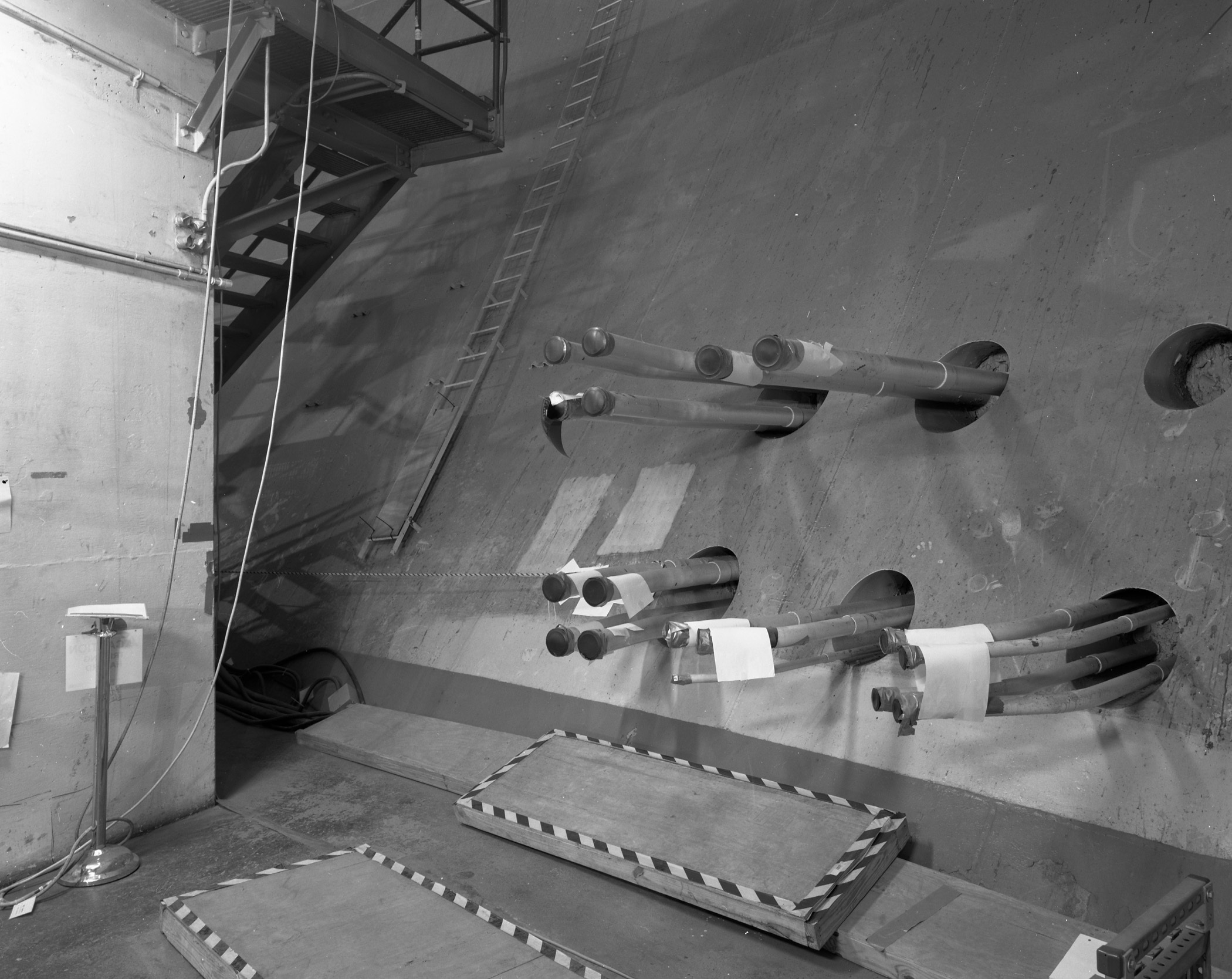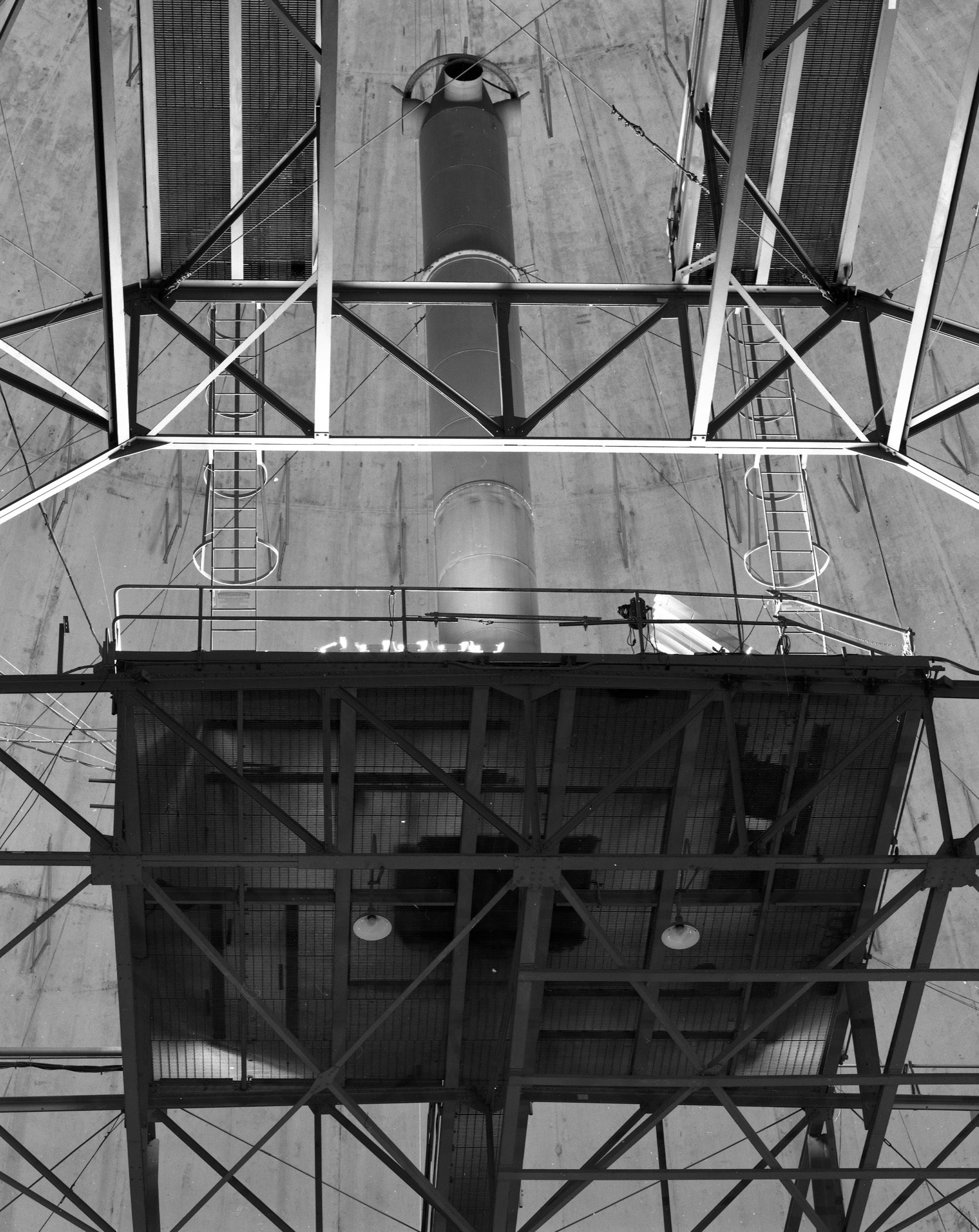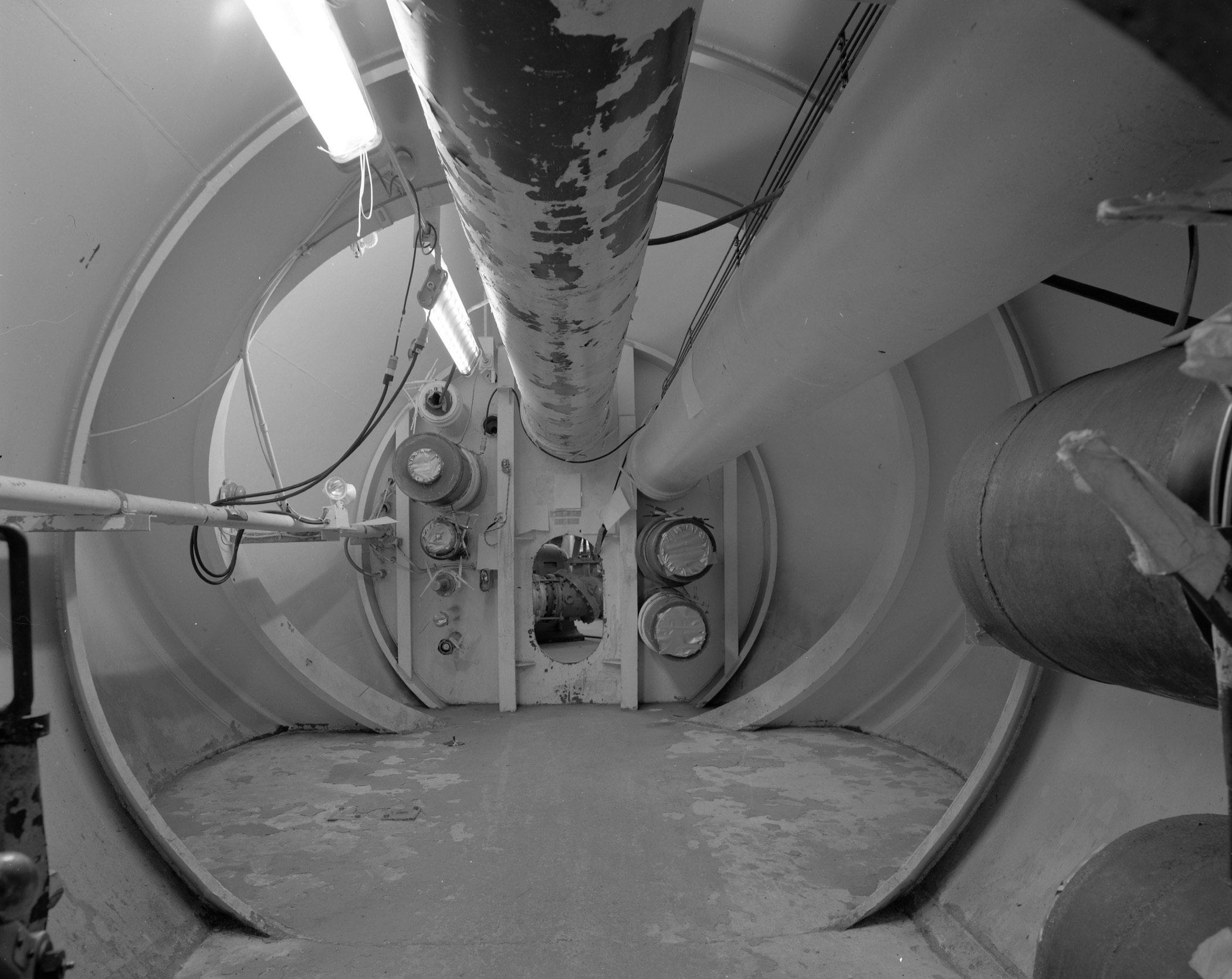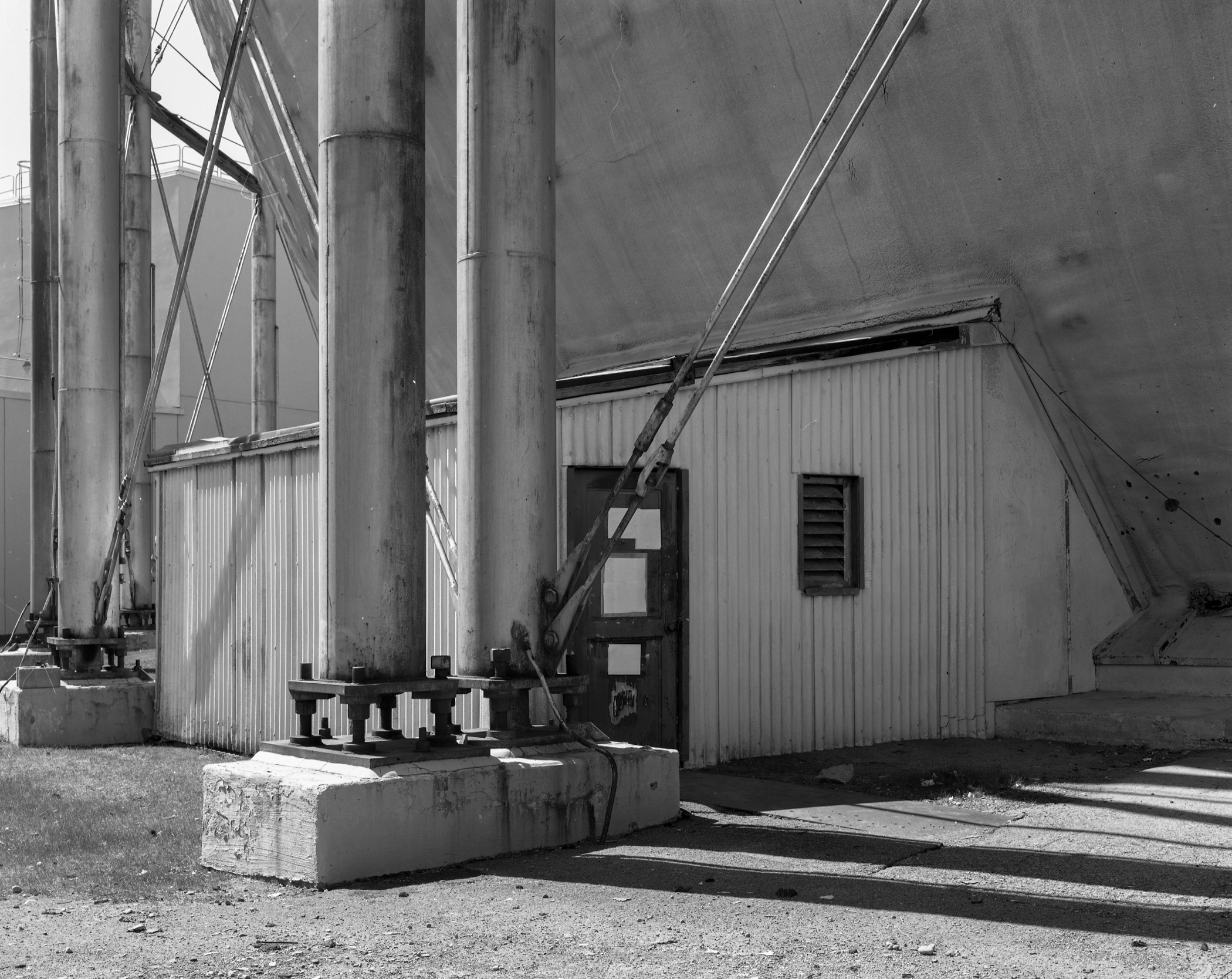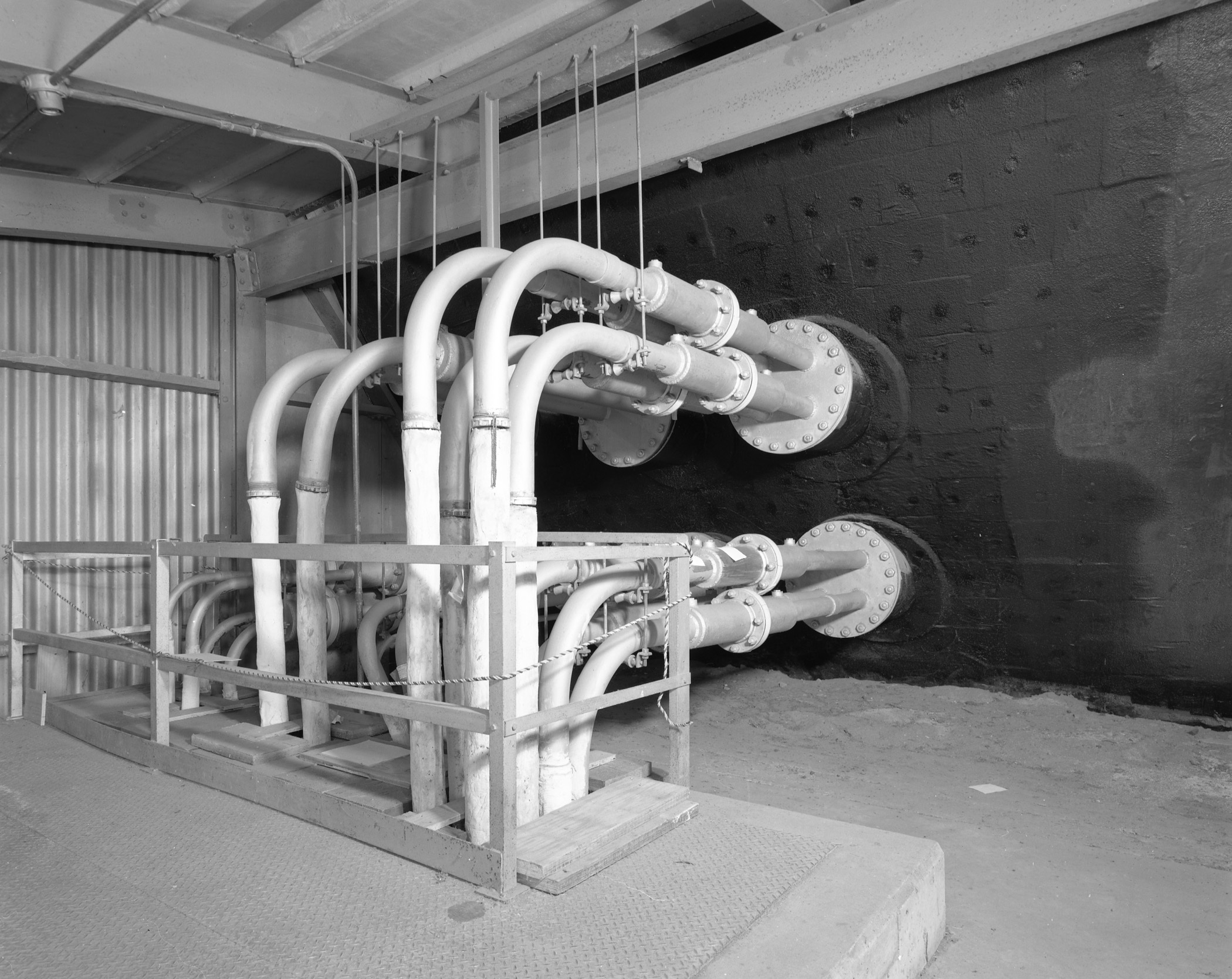In 2020, I had the remarkable opportunity to conduct a HABS/HAER photography and historical documentation project at the Kenneth A. Kesselring Site, a component of the Naval Nuclear Laboratory. Working under contract to my colleagues at the Public Archaeology Facility at Binghamton University of the State University of New York, it was a fascinating project: documenting the Hortonsphere, a massive steel spherical structure that was designed and built by the Chicago Bridge and Iron Company to house the nation’s second sodium-cooled nuclear reactor prototype. This remarkable structure is located at the Kesselring Site in Saratoga County, NY, and was built during the early 1950s by the General Electric Corporation in coordination with the U.S. Atomic Energy Commission (now the Department of Energy) and the U.S. Navy. The site is managed by Naval Nuclear Laboratory, which is in turn operated for the U.S. Department of Energy by Fluor Marine Propulsion LLC, a wholly owned subsidiary of Fluor Corporation. My work consisted of both large-format black and white photography and the research and writing for a historic narrative.
What is now the Kesselring Site, near West Milton, NY, was planned originally by General Electric in the late 1940s to serve as a prototype testing facility for the liquid-sodium cooled nuclear reactor that it had designed at its then-new Knolls Atomic Power Laboratory. GE’s engineers designed the reactor under contract to the Atomic Energy Commission for civilian power generation. Work to develop the West Milton site began in 1948 but was discontinued in 1949. In 1950 the Navy, under pressure from Captain (soon-to-be Admiral) Hyman Rickover, worked with the Atomic Energy Commission to require GE to shift its focus to developing a reactor for the Navy’s nuclear submarine program. GE’s work on a liquid-sodium cooled submarine reactor would complement the work which the Westinghouse Corporation was doing at the Bettis Atomic Power Laboratory near Pittsburgh, now also a part of the Naval Nuclear Laboratory, to develop a water-cooled submarine reactor.
Development work on the site at West Milton was then re-started in 1950, and planning began for a structure that could safely house GE’s original liquid-sodium cooled reactor. The principal concern was for gasses that could be released under high pressure if the liquid sodium came in contact with water. After consulting with several design firms, GE selected the Chicago Bridge and Iron Company to design and construct a Hortonsphere, named after Horace Horton, the former president of the firm who had invented these spherical containment structures. Constructed of hundreds of plates of steel, each approximately one inch thick and welded together, the Hortonsphere was built between 1952 and 1954. It rests on an innovative dish-shaped concrete foundation sunk 34 feet below grade on bedrock, with 26 steel columns rising from counterfort extensions from the foundation and connected to the equator of the Hortonsphere. At 225 feet in diameter, this was the largest Hortonsphere ever built at the time, and the only one designed to allow a nuclear reactor generating significant power to be built in close proximity to a populated area. With approximately 190 feet of the Hortonsphere rising above the ground, it towers far above the surrounding two- and three-story buildings on the Kesselring Site’s campus.
The Hortonsphere was large enough to contain a portion of a submarine hull, into which the reactor was placed. This was used for training and testing purposes with regard to the nuclear reactor. GE’s first reactor, tested at the Kesselring Site, served as the prototype for an identical reactor that was then installed and put into operation in the USS SEAWOLF in 1956. The liquid-sodium cooled reactor proved less useful than Westinghouse’s pressurized water reactor, and the Navy then abandoned GE’s technology. In its place, GE began development of a first-generation nuclear reactor for a destroyer-class surface ship, a prototype of which was installed in the Hortonsphere in 1958. A reactor using this design was then placed in service in the USS BAINBRIDGE in 1962.
The Hortonsphere remained in use from its completion in 1954 until 1996, when the last reactor prototype was decommissioned, and planning soon began for the building’s removal. The work to document the structure for the Historic American Engineering Record was a complicated one, requiring two years of coordinating with Fluor Marine Propulsion staff to allow for the use of large-format film photography in this highly secure facility. Once the procedures for taking, processing, and securing the negatives were approved and in place, Fluor’s on-site staff were fantastically helpful in supporting the work and helping the complex project move remarkably smoothly, making it a particularly enjoyable and fascinating one.
And now for the legal statement:
This material has been authored by Bruce G. Harvey, under Contract No. 89233018CNR000004 with the U.S. Department of Energy. The United States Government retains and the publisher, by publication, acknowledges that the United States Government retains a non-exclusive, paid-up, irrevocable, world-wide license to publish, distribute, translate, duplicate, exhibit, and perform the published form of this manuscript, or allow others to do so, for United States Government Purposes.
